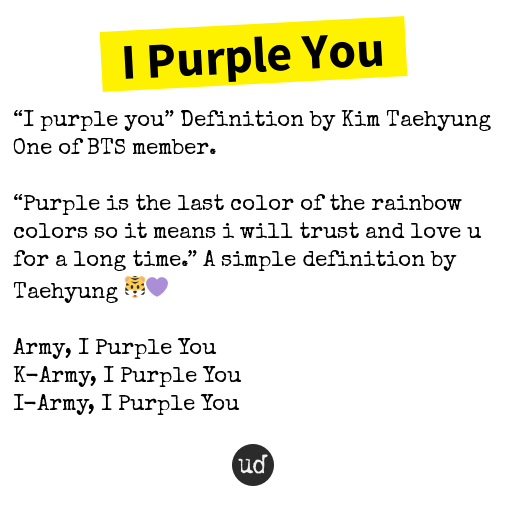Like many of us, we are waiting for the day to have at least one in-person class. I’m included as one of the many freshmen who haven’t been on campus yet, but am hopeful that it will happen one day. Since the start of the school year, I’ve had my outfit planned, how I’m going to do my hair, and what I’m going to bring all planned for just the first day of school. I wanted to look presentable for being in a new setting and meeting new people and just wanted to start off with a good impression. All of that together is a form of nonverbal communication.
Nonverbal communication includes not just body language, hand gestures, and facial expressions but many other aspects as well. Nonverbal communication is defined as any meaning conveyed through sounds, behaviors, and artifacts other than words. Personal appearance is included and how we use our bodies and surroundings to communicate. Proxemics is how our use of space influences the ways we relate to others. Paralanguage is vocal qualities, volume inflection, rate of speech, and rhythm. These terms are just a few of the many different types of nonverbal communication, it’s labeled as continuous, meaning that messages are ongoing and open ended so it can be viewed in different ways.

Clothing speaks a lot for a person, whether it’s if people want to dress comfortably or they’re just having an off day, you can tell how that person’s day is going. It’s just one of the ways of nonverbal communication and how it speaks for a person, without the person actually speaking.

